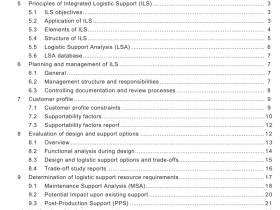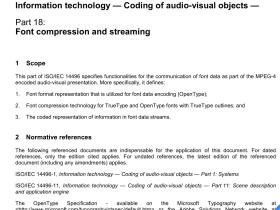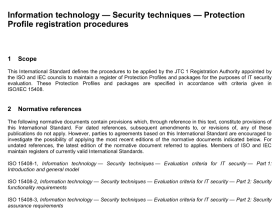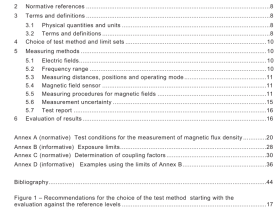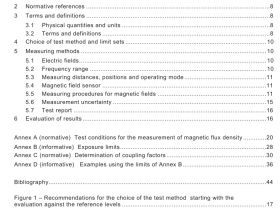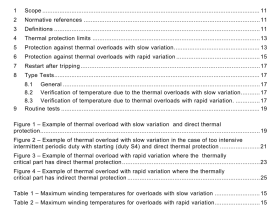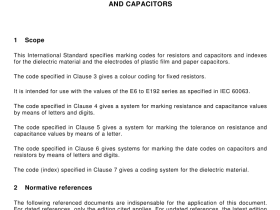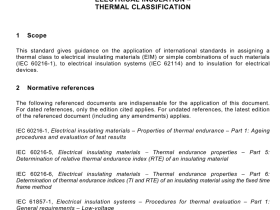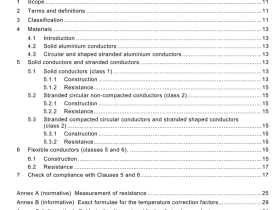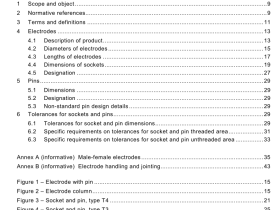IEC 61669 pdf download
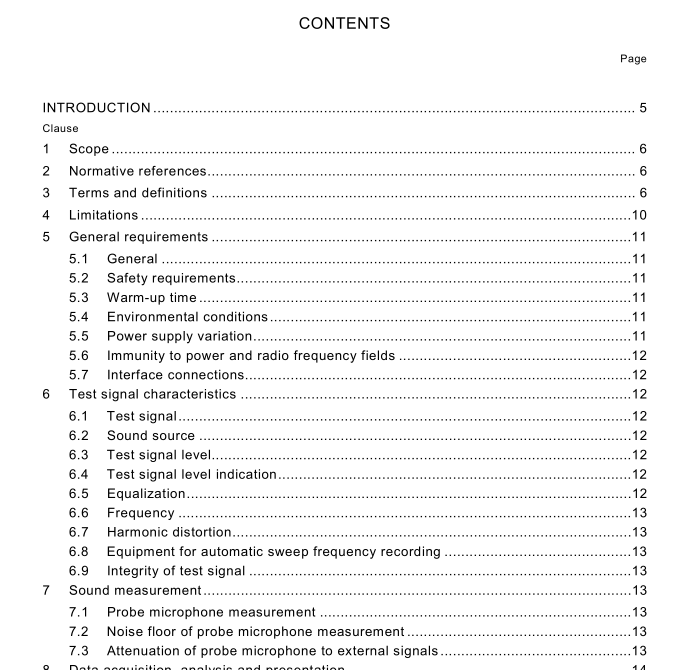
IEC 61669 pdf download Electroacoustics — Equipment for the measurement of real-ear acoustical characteristics of hearing aids
Scope
This International Standard specifies the general requirements for test equipment designedfor use in measuring the real-ear acoustical characteristics of hearing aids and describes theterminology used.
The purpose of this International Standard is to ensure that measurements of real-earacoustical characteristics of a hearing aid on a given human ear, performed with different testequipment which comply with this International Standard using methods described inlso 12124,shall give substantially the same results.
2Normative references
The following normative documents contain provisions which,through reference in this text,constitute provisions of this International Standard. For dated references,subsequentamendments to,or revisions of, any of these publications do not apply.However,parties toagreements based on this part of the ISOlEC Directives are encouraged to investigate thepossibility of applying the most recent editions of the normative documents indicated below.For undated references,the latest edition of the normative document referred to applies.Members of lS0 and lEC maintain registers of currently valid International Standards.
IEC 60601-1,Medical electrical equipment – Part 1: General requirements for safety
IEC 60601-1-2,Medical electrical equipment – Part 1: General requirements for safety -2.Collateral standard: Electromagnetic compatibility – Requirements and tests
IEC 60601-1-4,Medical electrical equipment – Part 1: General requirements for safety -4.Collateral standard: Programmable electrical medical systems
IEC 60645-1,Audiometers – Part 1: Pure tone audiometers
IEC 60942,Electroacoustics – Sound calibrators
lSO 266,Acoustics – Preferred frequencies
3 Terms and definitions
For the purpose of this International Standard, the following terms and definitions apply:
3.1
test signal
acoustic signal at the field reference point
3.2
subject
person in whose ear the hearing aid performance is characterized
3.3
subject reference point
point bisecting the line joining the centres of the openings of the ear canals of the subject (atthe junction between concha and ear canal)
NOTE ln cases of severe head shape abnormality or asymmetry, it may not be easy to determine the referencepoint of the subject.The subject reference point used should then be stated.
3.4
test axis
line joining the subject reference point to the sound source passing along the axis of thesound source
3.5
working distance
distance from the subject reference point to the plane of the mounting ring or protective grilleof the sound source measured along the test axis
3.6
sound pressure level (SPL)
twenty times the logarithm to the base 10 of the ratio of a given root-mean-square soundpressure to the reference sound pressure
(IEV 801-22-07, modified)
NOTE Throughout this International Standard all sound pressure levels refer to 20 uPa.
3.7
band sound pressure level
sound pressure level measurement for a defined band
3.8
test signal level
level of the test signal expressed as a sound pressure level in decibels (dB)NOTE For broad-band signals, the frequency spectrum should be specified and stated.
3.9
equalization
process of controlling the test signal level as a function of frequency such that it does not varyfrom the desired level
3.10
reference microphonecontrolling microphone
microphone used to measure the test signal level in the measurement process and/or tocontrol it in the equalization process
